Satanic symbols are a collection of icons, characters, and logos used to represent Satanism—a controversial and often misunderstood belief system. These symbols carry with them a substantial amount of cultural baggage and provoke strong emotional reactions in many people due to their associations with occultism and alleged malevolent practices. This article will provide an informative exploration of various symbols that have come to be associated with Satanism, their history, perceived meanings, and how they are used in different contexts with some witch symbols.
- Satanic symbols often have historical origins that predate their association with Satanism.
- These symbols serve various functions, from representing philosophical ideals to serving as talismans.
- The use of satanic symbols extends beyond religious intent and can also be found in media and countercultures as forms of expression or rebellion.
The Satanic Symbols
Some self-identified Satanists embrace the symbolism as part of their religious or philosophical expression, while others use it as a form of social or artistic commentary.
Here are a few symbols commonly associated with Satanism:
The Pentagram and the Inverted Pentagram
The pentagram, a five-pointed star enclosed within a circle, is one of the most widely recognized symbols associated with various forms of paganism, witchcraft, and also Satanism. When oriented with a single point upward, it is typically seen as a symbol of protection and balance. However, when inverted—with two points upward—it is more commonly associated with Satanism, particularly with the Church of Satan. This version, known as the Sigil of Baphomet, often includes a goat’s head within the star and is used as the official insignia for the Church of Satan.
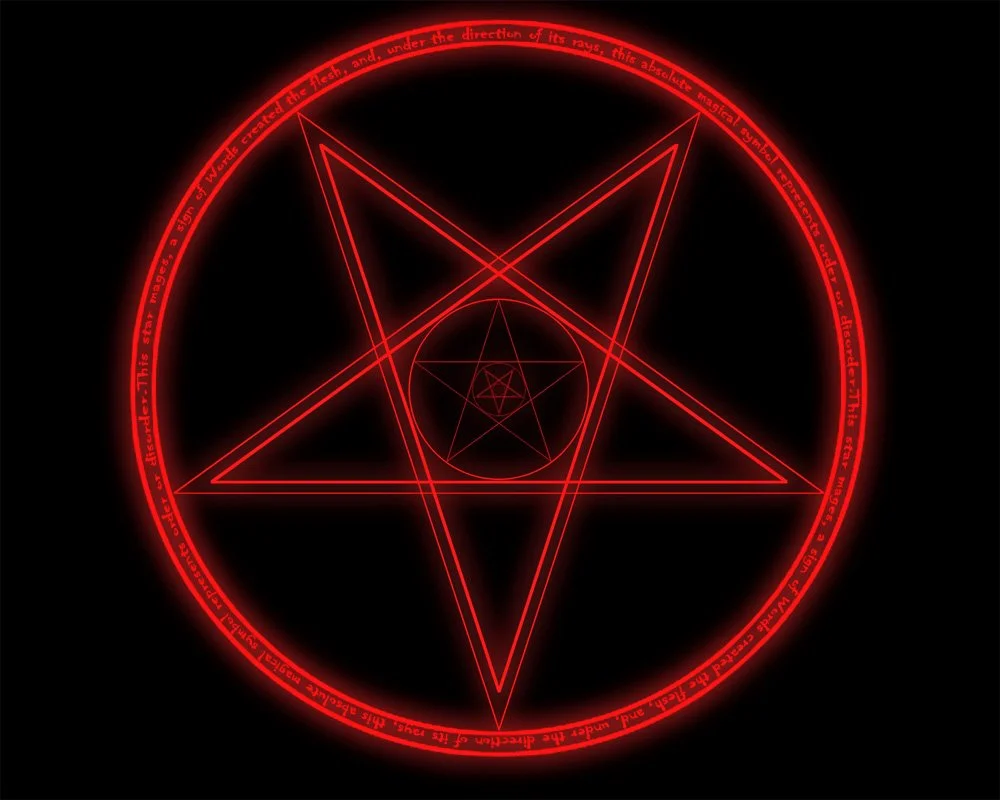

The Baphomet Symbol
Baphomet is a deity often associated with Satanic symbolism. It represents the union of opposites, embodying both masculine and feminine energies, and symbolizing balance and spiritual transformation. We will delve into the origins of Baphomet and its significance within various Satanic traditions.
Baphomet is who most would identify as the Satan goat and the symbol of the Church of Satan, a modern religious organization. Scholars believe the term Baphomet likely originated during the Middle Ages when the European Christians fought the Turks during the Crusades.
The Sigil of Baphomet
The Sigil of Baphomet is a more detailed version of the inverted pentagram, explicitly used by Satanists. It features an inverted pentagram with a goat’s head, representing the balance of opposites: the spiritual and the carnal. Traditionally, the five points of the star represent the five elements: earth, air, fire, water, and spirit, and the goat’s head is symbolic of the leader of the witches’ sabbath, linked to pagan fertility gods but reinterpreted in Satanic contexts.
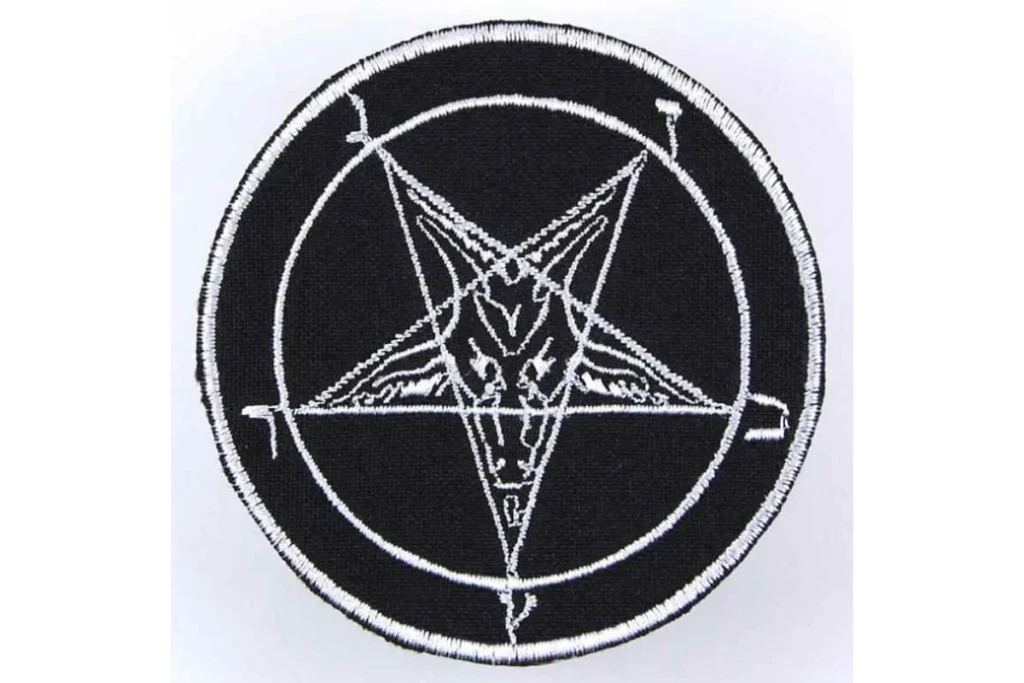

The Number 666 Symbol
Often referred to as the “Number of the Beast,” 666 is cited in the Book of Revelation in the Christian Bible and has been associated with Satan or the Antichrist. In modern culture, 666 has been widespread as a symbol or motif in various forms of media to imply an association with evil or satanic influences.
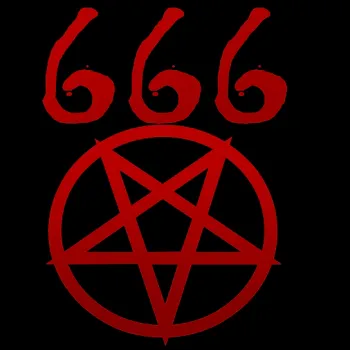

The Leviathan Cross symbol
Also known as the Satanic Cross or the Cross of Satan, the Leviathan Cross comprises an infinity symbol with a double cross above it. Some interpret this emblem as a representation of the infinite and eternal universe, a rejection of the temporary material world in favor of the pursuit of knowledge.
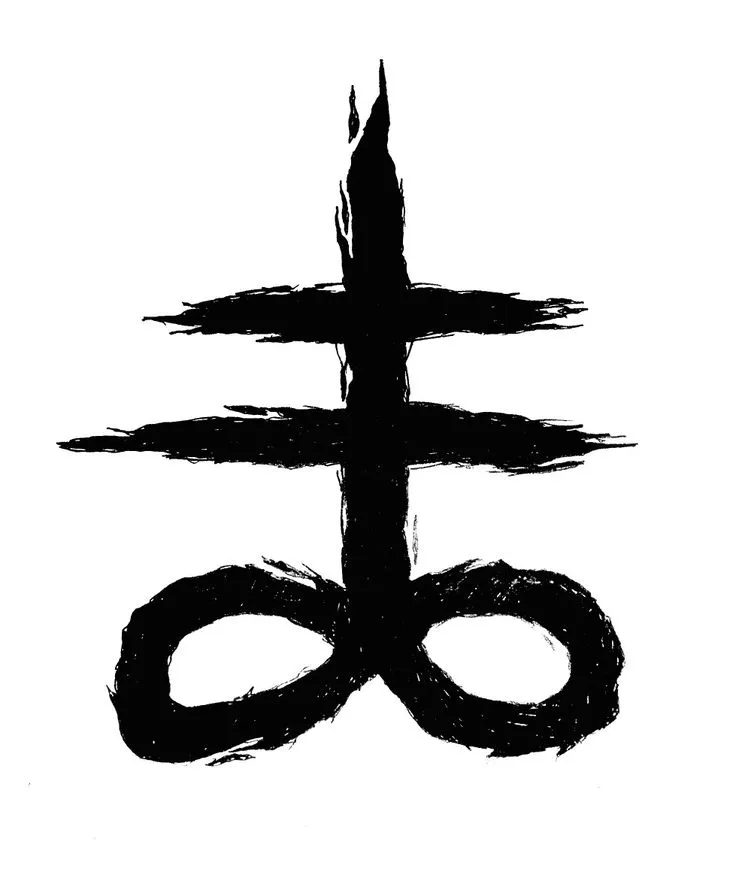

The Sigil Of Lucifer symbol
The Sigil of Lucifer, also known as the Seal of Satan or the Lucifer Sigil, is a symbol used primarily to represent Lucifer, the embodiment of enlightenment, independence, and human progression in certain philosophical and occult contexts. It is important to distinguish that not all interpretations of Lucifer align with the Christian concept of the devil; rather, in many traditions, Lucifer is seen as a bringer of light and wisdom
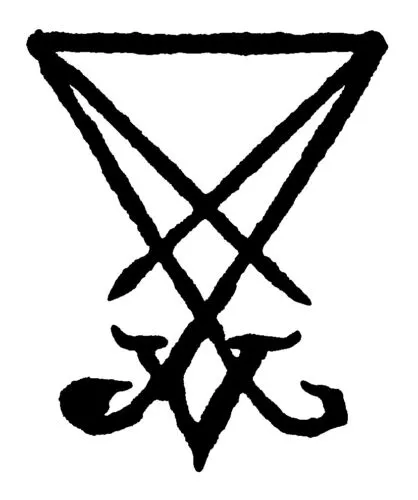

The Black Mass and Ritualistic Usage
Satanic symbols are sometimes incorporated into ceremonial practices known as black masses, which are events claimed to parody or invert the rites of the Christian mass. Symbols such as the inverted cross or the use of the Eucharist in desecration are common in these contexts, serving to symbolize the subversion of Christian dogma.
Satanic Symbols in Media and Pop Culture
The use of satanic symbols extends beyond strictly religious or ritualistic applications. Music, film, literature, and fashion often employ these signs to evoke mystery, suggest rebellion, or for aesthetic shock value. Bands in genres like black metal or gothic rock, films in the horror genre, and certain fashion labels showcase these symbols prominently for their provocative impact.
How to Use Satanic Symbols
Using satanic symbols is as much about understanding their meanings and context as it is about the physical act of using them. It’s important to note that the use of these symbols or dark magic spells can be sensitive and controversial, so it is crucial to approach this topic with respect for different beliefs and the laws of your country. Below we will discuss various manners in which satanic symbols are used, from personal expression to religious practices.
Personal Expression
Some individuals wear satanic symbols as a form of personal expression. This could be in the form of jewelry, tattoos, or clothing. For these people, the symbols often represent independence, empowerment, or a rejection of mainstream norms and values.
Religious Practices
For those who practice Satanism or certain forms of Left-Hand Path occultism, these symbols are used in rituals to embody specific energies or entities, to protect, or to represent various metaphysical concepts. Ritual use should be done with a clear understanding of the symbol’s purpose in the specific religious context.
Educational and Advocacy
Satanic symbols are sometimes used in educational settings to discuss religious diversity, philosophy, and the history of religious symbolism. They are also used by advocacy groups like The Satanic Temple to promote their interpretations of religious freedom and separation of church and state.
Art and Media
Musicians, artists, filmmakers, and authors may use satanic symbols to evoke certain moods or themes, such as rebellion, the taboo, or the exploration of dark subjects. Here, the symbols are often used more for their evocative power and less for their original religious meanings.
Digital Use
Digital platforms have seen the rise of satanic symbols in various formats, from emojis and memes to profile decorations and digital art. This use is usually more about personal identity or aesthetic than religious belief.
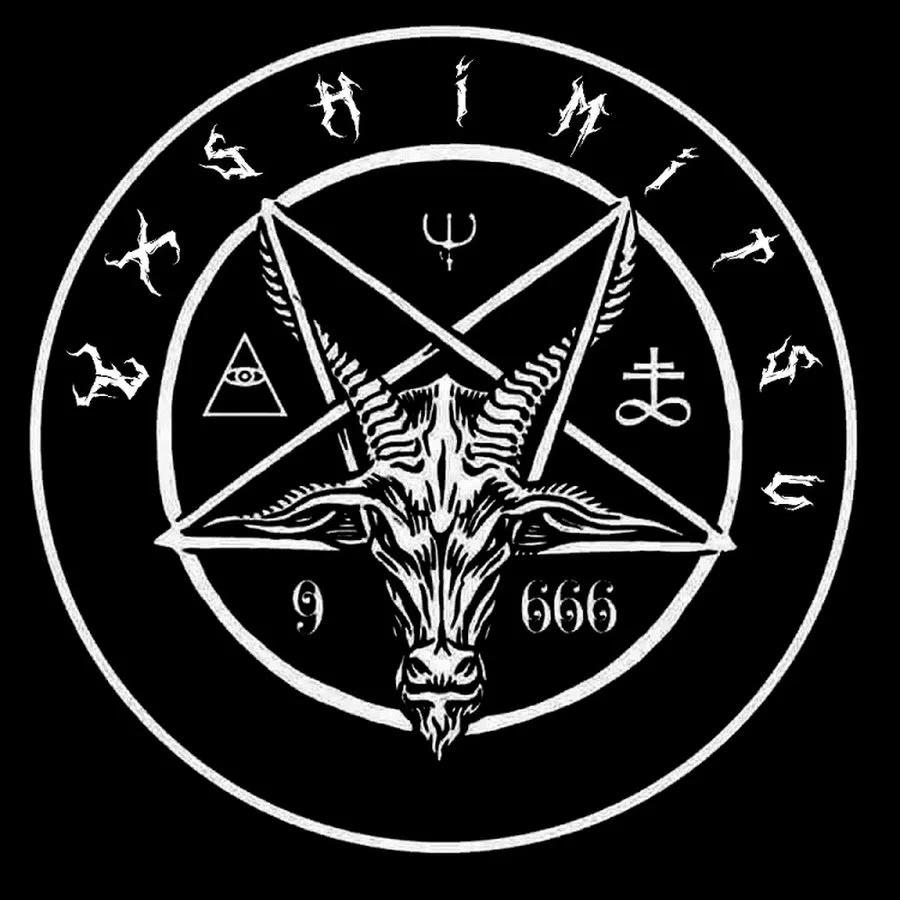

Understanding Satanic Symbols
The usage and interpretation of satanic symbols are complex and nuanced. They have evolved over time, and their meanings can differ greatly depending on the cultural, religious, personal, or some dark witchcraft context in which they are found. It is essential to approach discussions about satanic symbols or satanic rituals with an open mind and a willingness to understand the diverse reasons behind their use.
Can satanic symbols be used in public places?
The use of satanic symbols in public places is subject to local laws regarding freedom of expression and religion. It’s important to research and respect those laws before displaying symbols in public.
What do satanic symbols represent?
Satanic symbols can represent a range of concepts, including opposition to mainstream religions, personal freedom, the quest for knowledge, and the embrace of human nature in its entirety, both good and evil.
Are satanic symbols legal to display?
In many countries, the display of satanic symbols is protected under freedom of speech and religion as long as they do not incite violence or hatred.
How do people react to satanic symbols?
Reactions to satanic symbols can vary greatly. Some view them with intrigue or as a symbol of counterculture, while others may feel uncomfortable or threatened due to their association with evil and the occult.
Are satanic symbols only used by satanists?
No, satanic symbols are used by a wide range of people and groups, often outside the context of religious Satanism. They can be found in popular culture, art, and as part of personal expression.
How should one behave when using satanic symbols?
One should use satanic symbols responsibly, with an awareness of the potential impact on others, and within the bounds of local laws and regulations.
Can satanic symbols be used in public places?
The use of satanic symbols in public places is subject to local laws regarding freedom of expression and religion. It’s important to research and respect those laws before displaying symbols in public.
Final Thoughts
Satanic symbols have deep historical and symbolic significance within various Satanic traditions, challenging mainstream perceptions and beliefs. Understanding these symbols requires cultural and historical context, along with an appreciation for the diverse interpretations and meanings ascribed to them. By exploring the origins and symbolism associated with Satanic symbols, we can foster a greater understanding of the complex belief systems that encompass this mystical and often misunderstood practice.

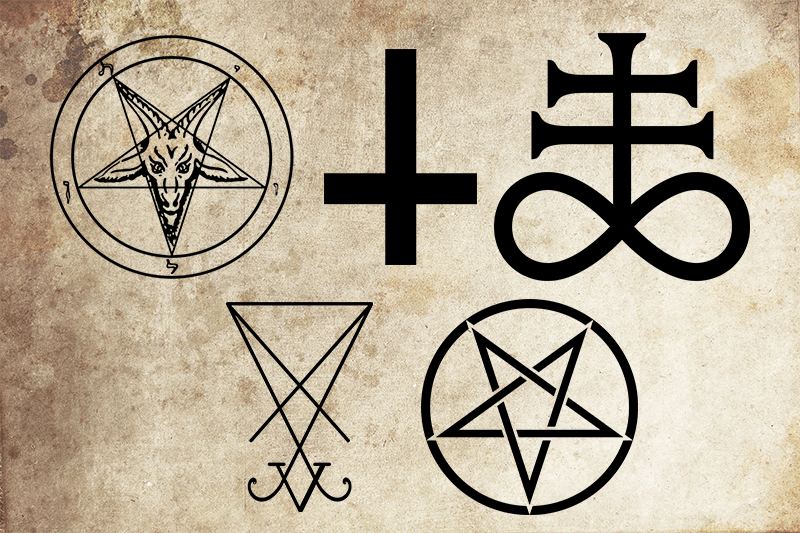
Pingback: Witch Symbols & Meanings | Explore Wiccan & Pagan Magic